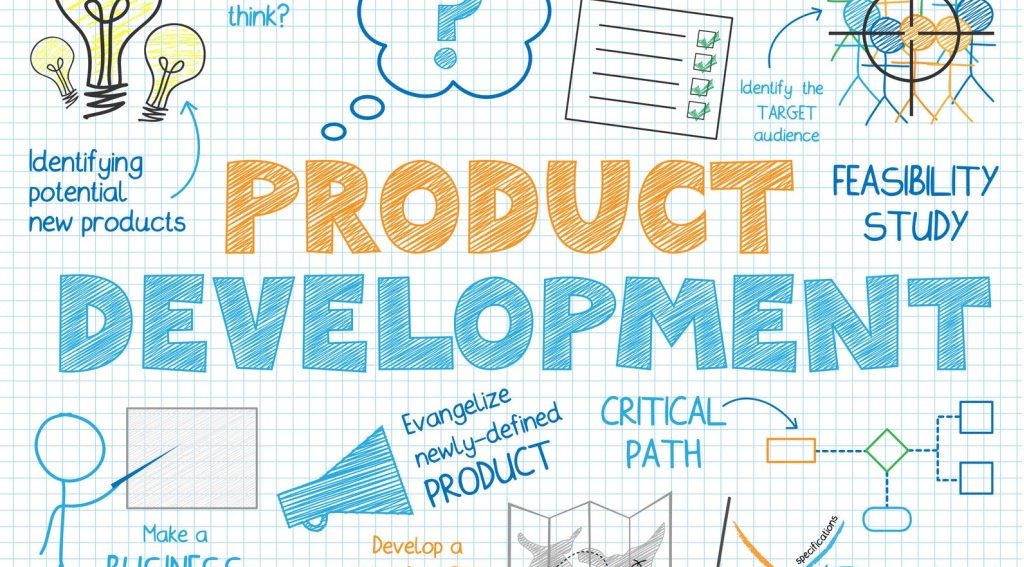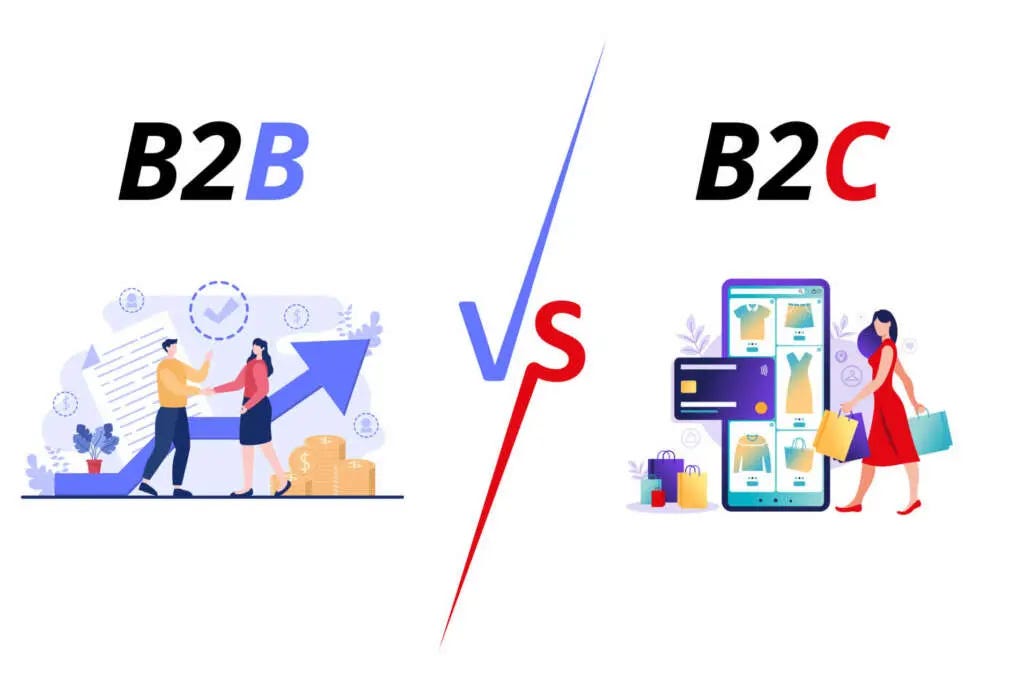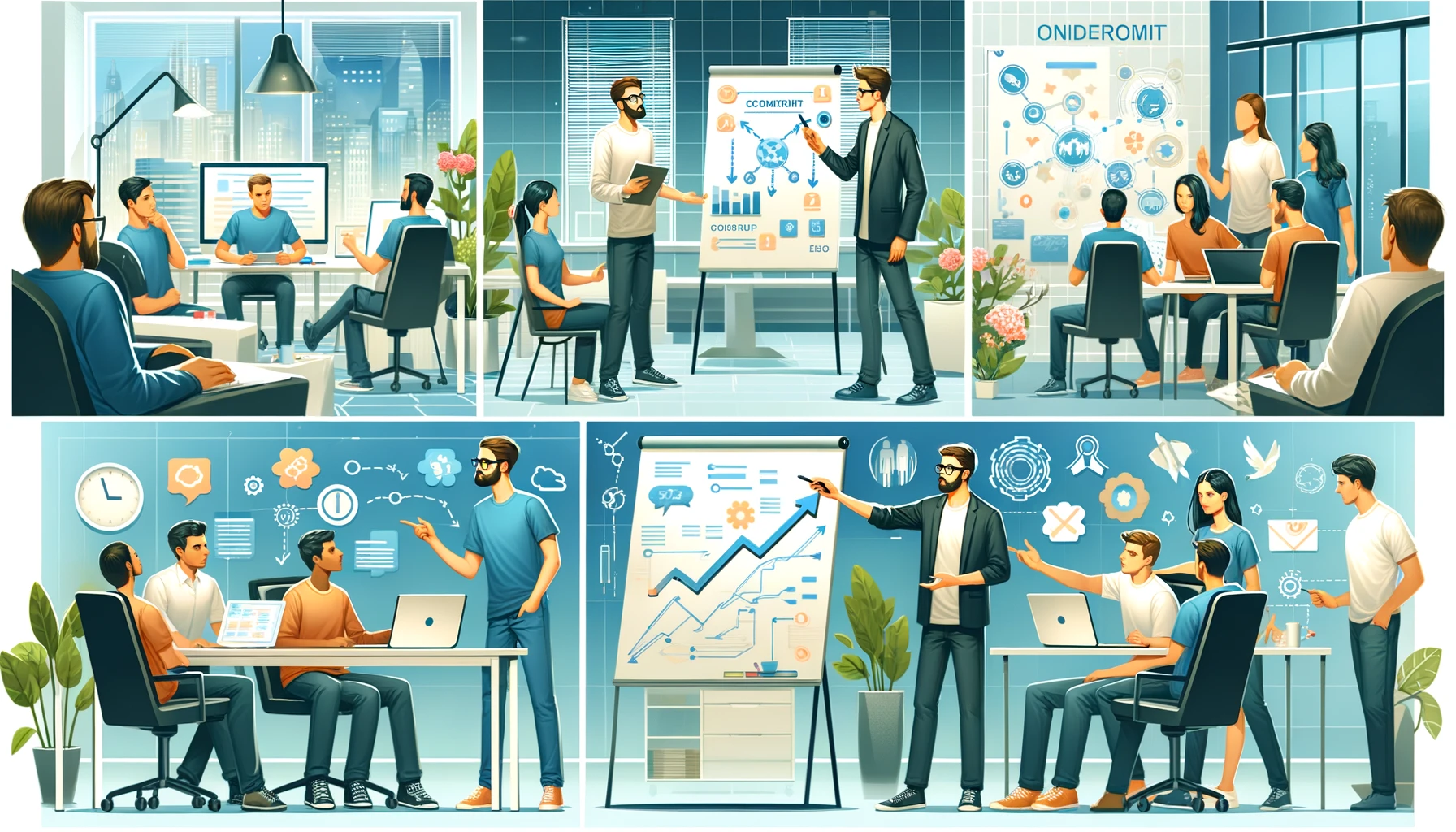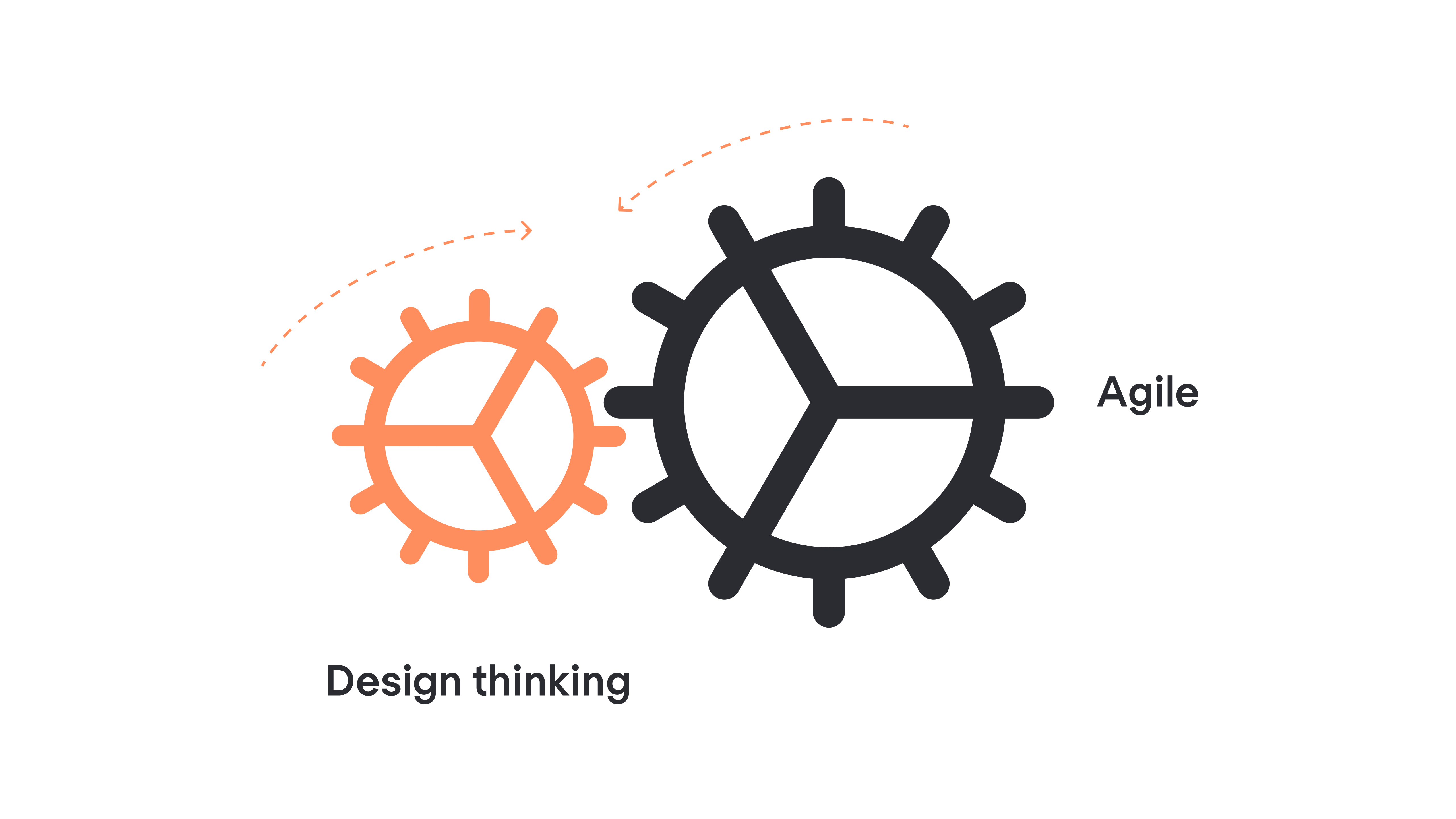In the dynamic realm of product development, the journey from ideation to launch and beyond often resembles navigating a challenging mountain range. To successfully traverse this terrain, product managers require a reliable roadmap — a compass that steers them through the complexities of the market, user demands, and internal team dynamics. The 6D Product Management Process emerges as a steadfast framework, providing PMs with the tools and perspectives necessary to navigate this landscape with agility and confidence.
1. Discover: Exploration & Opportunity
In the initial phase, product managers delve into the intricacies of the market, user needs, and emerging opportunities:
- Uncover needs and trends: Employing market research, user interviews, and competitive analysis to shed light on unmet needs and emerging opportunities.
- Define the problem space: Through synthesis and analysis, the PM identifies the core problem the product will solve, formulating a clear problem statement.
Example: Consider a grocery delivery service discovering a need for convenient, high-quality meal kits tailored to dietary preferences among busy professionals.
2. Define: Vision & Strategy
The second dimension involves shaping a clear vision and strategy for the product’s long-term impact:
- Craft a product vision: Developing an aspirational statement that outlines the product’s impact and resonates with both the team and the target audience.
- Develop a product roadmap: Creating a prioritized timeline that breaks down the product’s evolution, highlighting key milestones and features.
Example: In the context of the meal kit service, envisioning itself as a one-stop solution for healthy, personalized meals, with a roadmap focusing on recipe development, dietary customization, and seamless delivery partnerships.
3. Design: User Experience & Functionality
In the design phase, emphasis is placed on creating a seamless user experience and optimal functionality:
- Emphasize user-centricity: Guiding design decisions through user research, personas, and prototyping to create intuitive interfaces and functionalities.
- Prioritize usability and accessibility: Ensuring design decisions cater to ease of use and diverse needs and abilities.
Example: The meal kit service designs a user-friendly interface for dietary selections, portion customization, and clear cooking instructions, with attention to accessibility for users with visual impairments.
4. Develop: Building & Iteration
The fourth dimension involves the building and iterative enhancement of the product:
- Agile development: Adopting iterative and agile methodologies for rapid prototyping, testing, and incorporating feedback to evolve the product alongside user needs.
- Quality assurance: Rigorous testing procedures throughout the development cycle to identify and address bugs and issues before launch.
Example: Utilizing A/B testing, the meal kit service refines recipe choices and delivery options based on user feedback, ensuring continuous improvement.
5. Deploy: Launch & Growth
The deployment phase focuses on the successful introduction and growth of the product:
- Go-to-market strategy: Implementing a well-defined marketing and launch plan to ensure a smooth product introduction, reaching the target audience and generating excitement.
- Metrics and data analysis: Continuously monitoring key metrics to inform post-launch optimization and growth strategies.
Example: The meal kit service launches with targeted social media campaigns, influencer partnerships, and personalized email outreach, while closely tracking user feedback and adjusting delivery zones based on demand.
6. Delight: Long-Term Engagement & Advocacy
The final dimension revolves around sustaining long-term engagement and advocacy:
- Focus on user delight: Seeking ways to exceed user expectations through personalized experiences, surprise-and-delight features, and proactive customer support.
- Build a community: Fostering engagement through user forums, feedback channels, and loyalty programs to transform satisfied customers into loyal brand advocates.
Example: The meal kit service introduces a “surprise chef” feature, hosts cooking competitions, and encourages recipe sharing within the user community.
By embracing the 6D framework, product managers gain a holistic perspective to navigate the intricate dance between user needs, technical feasibility, and business goals. This framework is not a rigid formula but a flexible compass adaptable to the unique needs of each product journey. So, equip yourself with the 6Ds, set your sights on success, and embark on the path to creating products that truly delight your users, conquering the ever-evolving product landscape.




